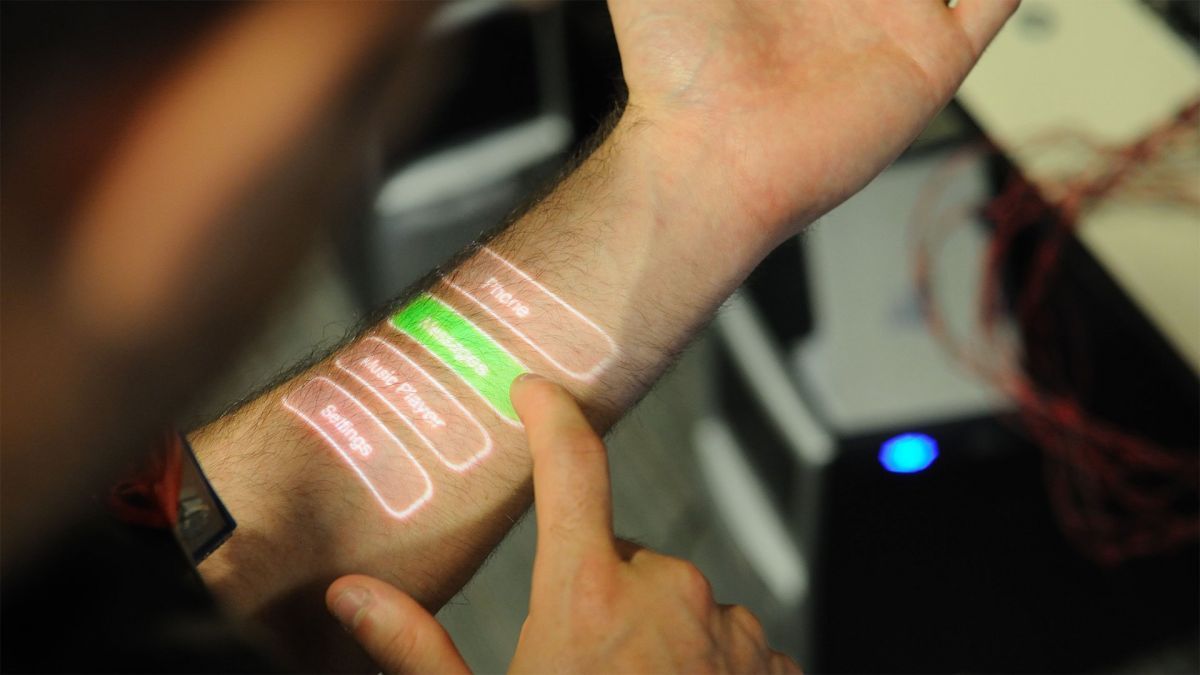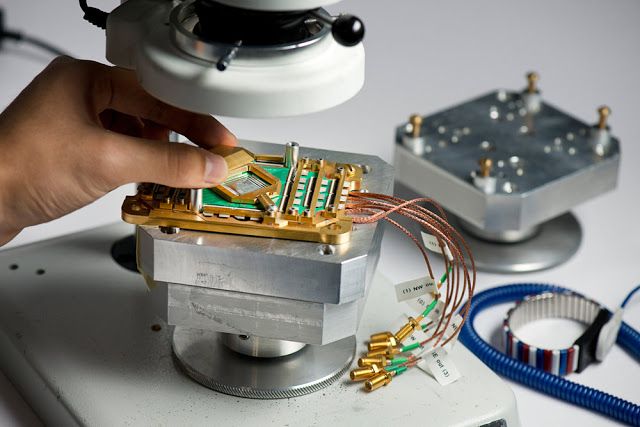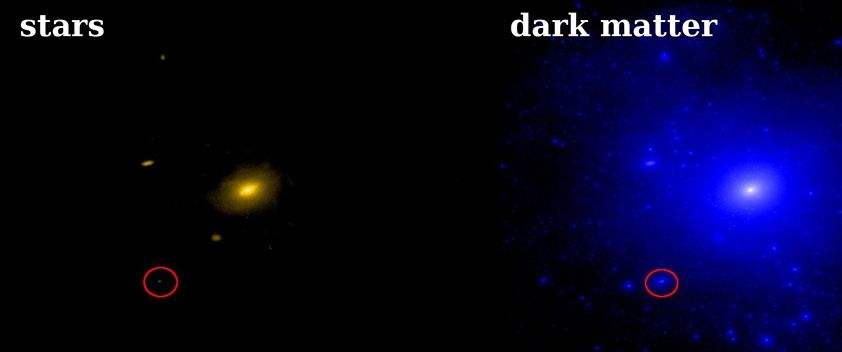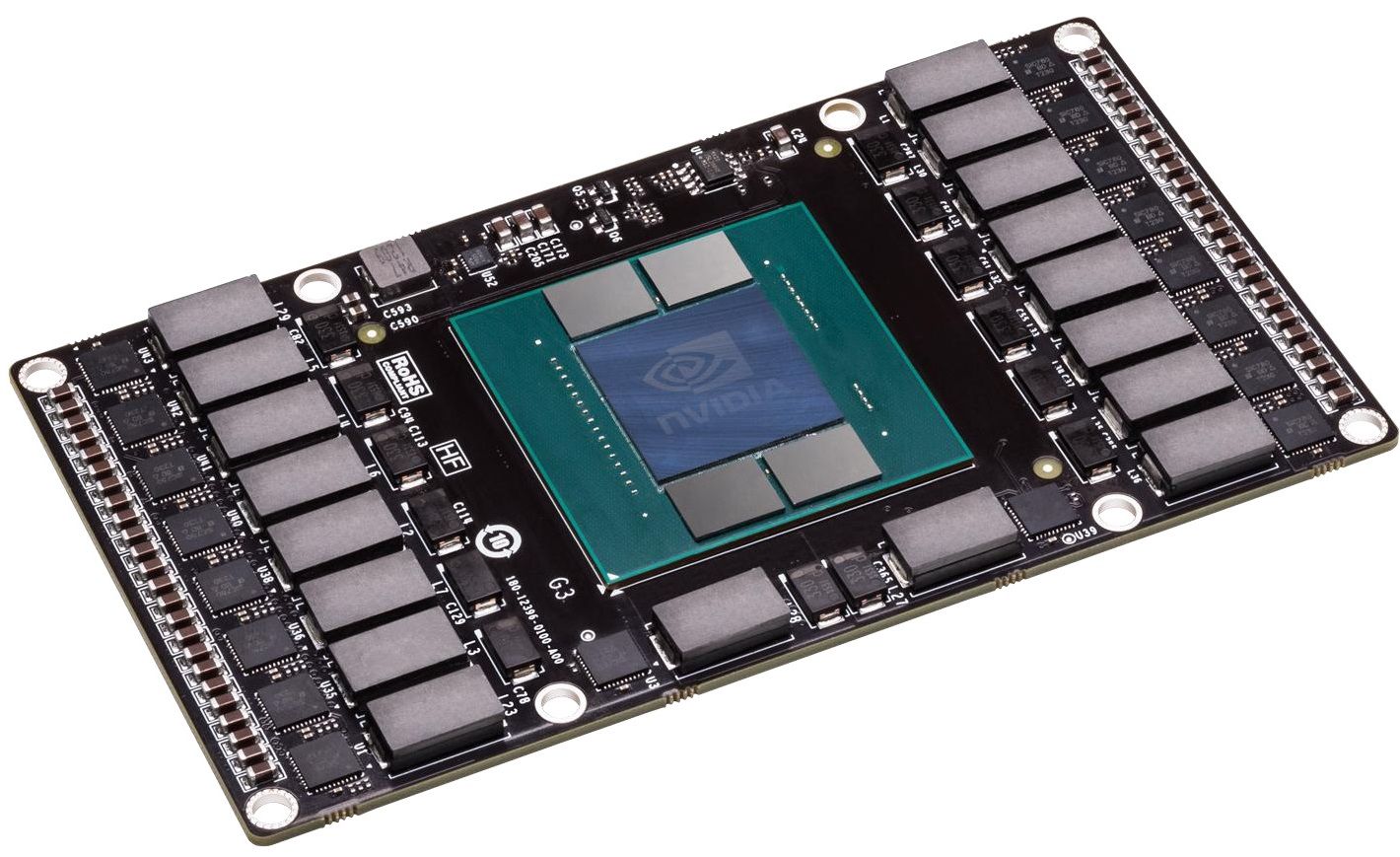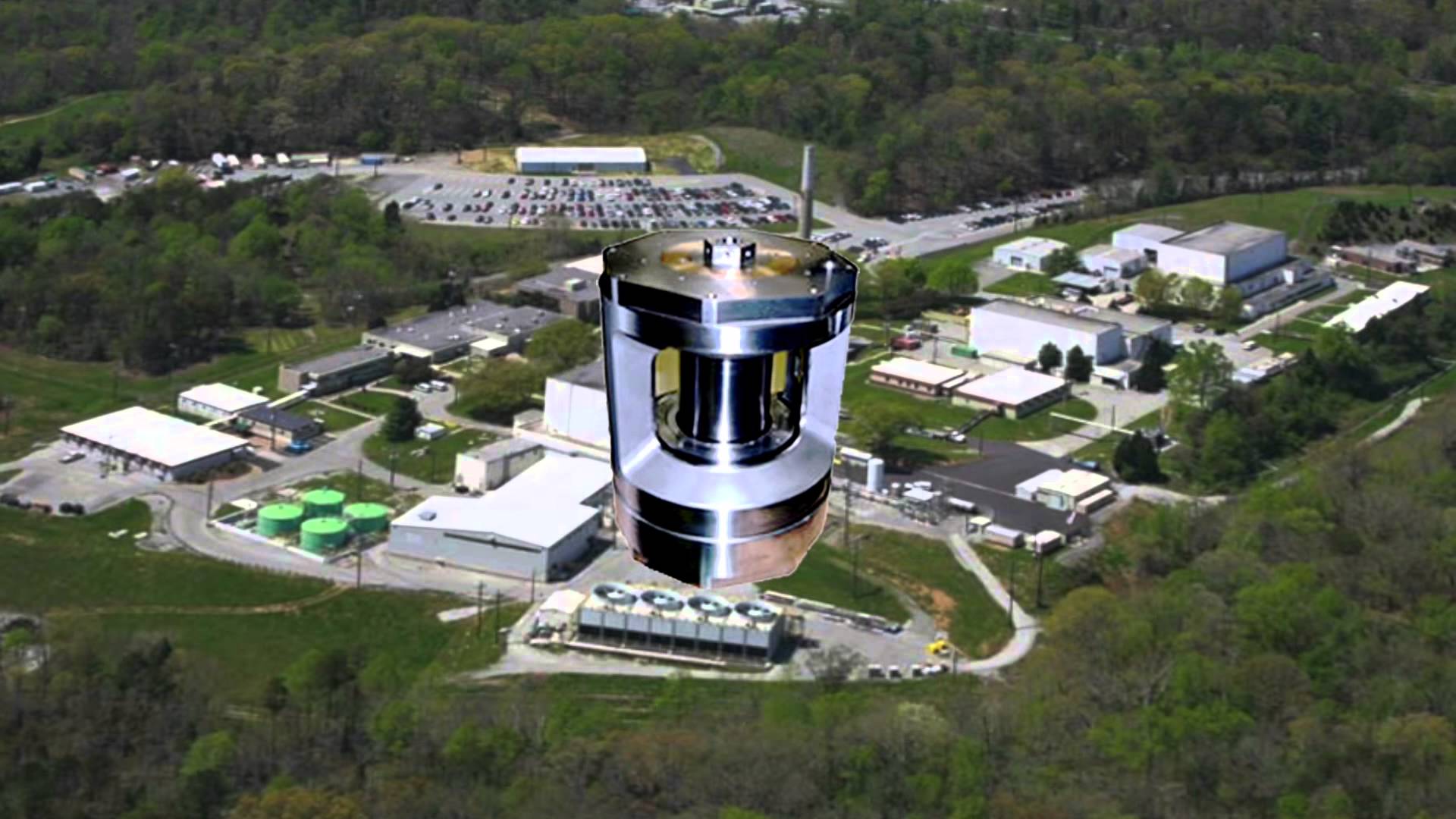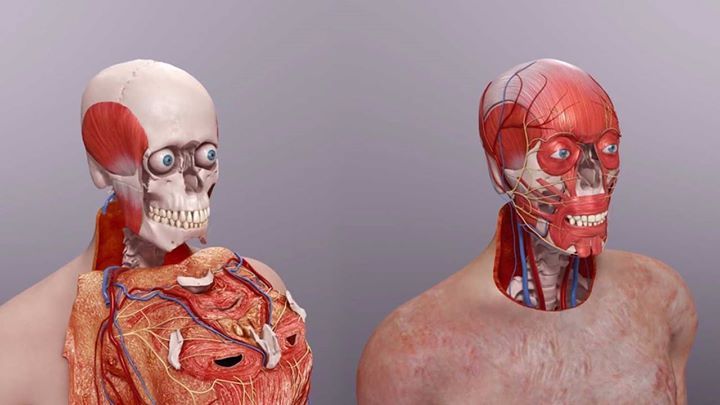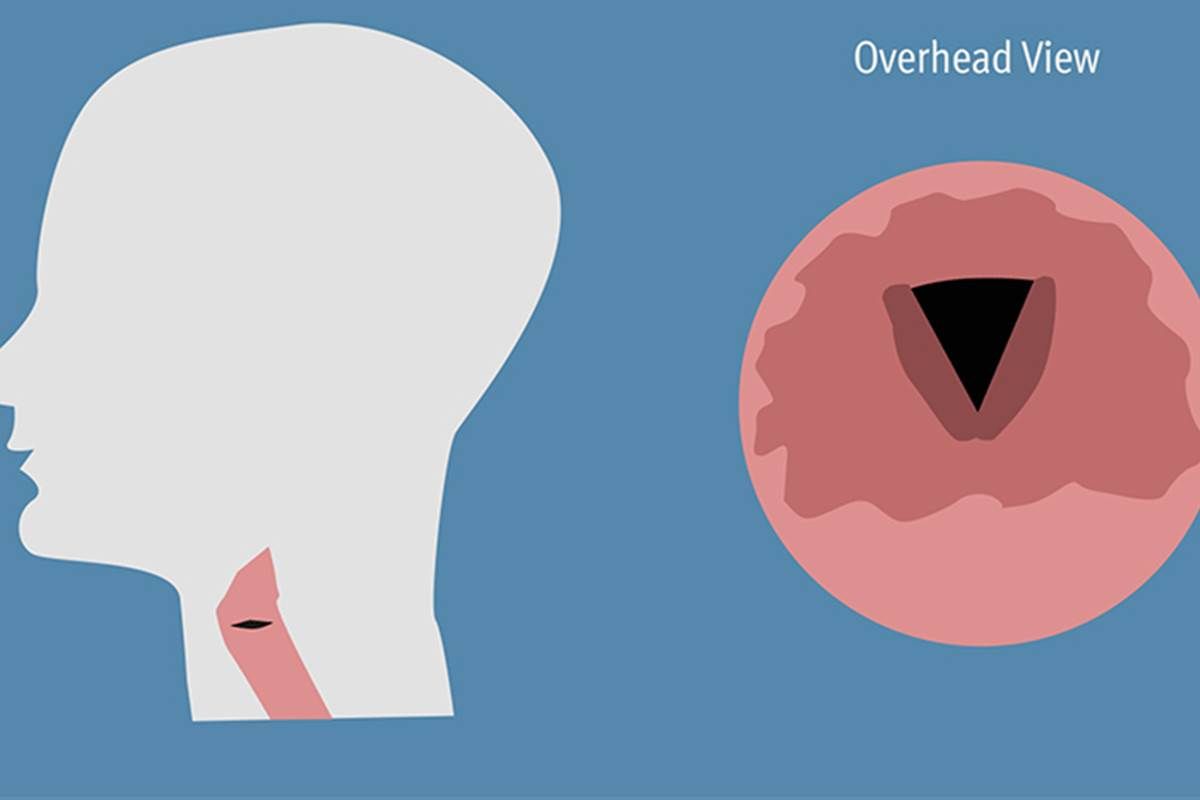Engineers from the University of New South Wales, Australia, have made an important breakthrough that brings quantum computers one step closer to reality.
The team created a quantum version of a standard computer code within a silicon chip. The discovery shows that it is possible to construct realistic and reliable quantum computers.
Quantum computers have the potential to solve problems much more quickly than any computer that exists today, as they combine the rules of informatics to phenomena of quantum mechanics that are not observed in everyday life. Namely, the principle of superposition, popularized by Schrödinger’s cat being both alive and dead, and entanglement.

